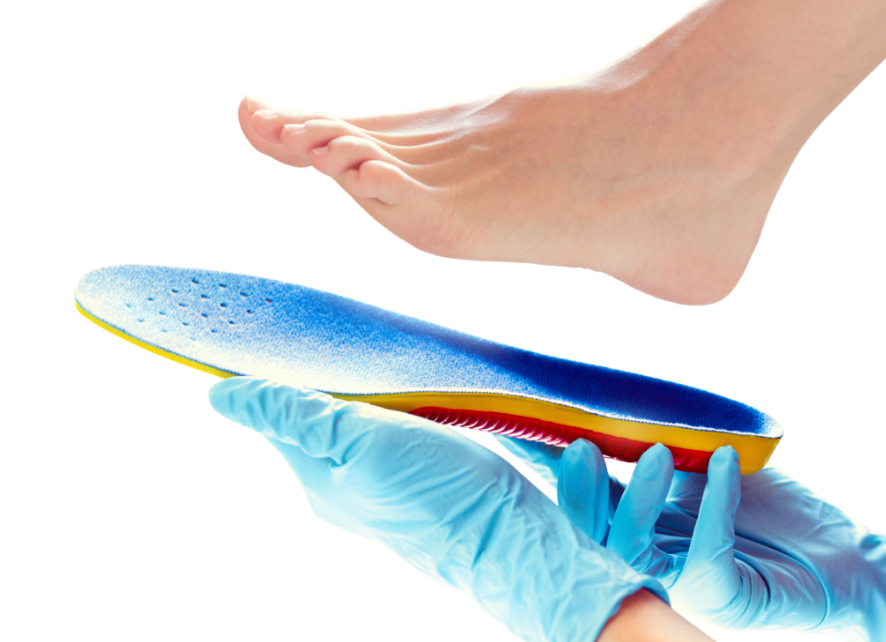If you’ve been experiencing persistent, nagging pain in your shoulder—especially when you try to lift your arm or lie on your side—you might be dealing with calcific shoulder tendinitis.
This condition is more common than most people realize and can seriously impact your quality of life. The pain can be sharp, intense, and unrelenting, especially during certain movements or even at rest.
At Integrative Physio, we understand how frustrating it is to live with this kind of shoulder pain. That’s why we’ve developed a comprehensive, non-surgical approach to managing calcific tendinitis—one that’s rooted in science, supported by physiotherapy, and made more effective through advanced technology like shockwave therapy.
Let’s take a closer look at what this condition is, what causes it, and how we treat it—without the need for surgery or injections.
What Is Calcific Shoulder Tendinitis?
Calcific shoulder tendinitis occurs when calcium deposits form within the tendons of the rotator cuff, the group of muscles and tendons that keep your shoulder stable and allow you to move your arm. These calcium buildups aren’t supposed to be there, and when they accumulate, they create pressure and inflammation in the tendon.
Think of it like tiny, rock-like particles embedded in your soft tissue. These “calcium crystals” can trigger a strong inflammatory response and compress surrounding structures, causing intense pain and restricted movement. Sometimes, your body tries to reabsorb the calcium naturally—which, ironically, can make the pain even worse during that phase.
What Are the Symptoms?
The symptoms of calcific tendinitis often come on gradually, but the pain can spike suddenly. You may notice:
- A deep, throbbing pain in the front or side of the shoulder
- Difficulty lifting your arm or reaching overhead
- Pain that worsens when lying on the affected side, especially at night
- Reduced range of motion
- Shoulder stiffness and weakness
- Occasional catching or clicking sensation when moving your arm
Many people confuse these symptoms with a frozen shoulder or rotator cuff tear, which is why an accurate diagnosis is key.
What Causes It?
The exact cause of calcific tendinitis isn’t fully understood, but it often develops due to a combination of factors:
- Age-related degeneration – Most common in people between ages 30 and 60
- Repetitive overhead motions – Often seen in people who work in manual jobs or athletes who use their arms frequently
- Poor blood supply to certain areas of the rotator cuff
- Postural imbalances or muscle weakness
- Biochemical changes that lead to abnormal calcium metabolism in the tendon
It’s also seen more frequently in women than in men, and in some cases, it can develop without any obvious cause or injury.
How iPhysio Treats Calcific Shoulder Tendinitis Without Surgery
At iPhysio, we’ve helped countless patients recover from calcific tendinitis without the risks, costs, or downtime of surgery. Our treatment strategy focuses on breaking down calcium deposits, reducing inflammation, improving shoulder mobility, and strengthening the surrounding muscles—all with non-invasive, patient-centred care.
Here’s a breakdown of how we treat calcific tendinitis at iPhysio:
1. Shockwave Therapy (ESWT)
One of the most effective and scientifically supported treatments for calcific tendinitis is Extracorporeal Shockwave Therapy (ESWT). This is a non-surgical method where high-energy acoustic waves are applied directly to the shoulder. These waves break down the calcium deposits into smaller fragments, stimulate the body’s natural healing process, and help reduce pain.
At iPhysio, our shockwave therapy Singapore sessions are:
- Quick (usually around 15–20 minutes)
- Non-invasive (no needles or incisions)
- Highly effective in reducing pain and dissolving calcium deposits over time
Shockwave therapy also enhances blood circulation in the area, speeds up tissue repair, and helps restore function. It’s a particularly useful option for patients who haven’t responded well to medication or physical therapy alone.
2. Manual Physiotherapy Techniques
In combination with shockwave therapy, we use hands-on physiotherapy to relieve tension, improve mobility, and support the healing process. Depending on your individual case, we may use:
- Myofascial release to loosen tight tissues
- Joint mobilisation to restore shoulder movement
- Trigger point therapy to address muscle knots that may be contributing to your pain
These techniques aim to reduce stiffness, improve circulation, and relieve referred pain from surrounding structures that are compensating for the injured shoulder.
3. Tailored Shoulder Rehabilitation Programs
Every patient’s condition is different, which is why our rehab programs are completely customised. After your assessment, we’ll develop a progressive exercise plan designed to:
- Improve flexibility and range of motion
- Rebuild shoulder strength
- Prevent re-injury by correcting movement patterns
- Restore your ability to perform daily activities without pain
These exercises may start off gently with passive movements and gradually build up to more active strengthening routines as you heal.
4. Postural Education & Ergonomic Advice
Poor posture—especially from long hours of sitting, computer use, or overhead activity—can put unnecessary strain on your rotator cuff. That’s why we incorporate postural correction and movement retraining as part of your treatment.
We also teach you how to adjust your workstation, sleeping position, and daily routines to minimise stress on your shoulder and promote recovery.
What’s the Recovery Timeline?
Recovery time can vary depending on the size and stage of the calcium deposit, as well as your response to treatment. Many patients begin to notice improvement within 3–5 shockwave sessions, especially when combined with physiotherapy.
Full recovery can take anywhere from 4–12 weeks, but the earlier you start treatment, the better your chances of avoiding surgery and regaining full use of your shoulder.
Who Is Shockwave Therapy Best Suited For?
You may be a good candidate for shockwave therapy if:
- You’ve been diagnosed with calcific tendinitis
- You’ve already tried rest, physiotherapy, or medications with limited success
- You’re hoping to avoid surgery or steroid injections
- Your pain is interfering with your work, sleep, or daily activities
At your first visit, our physiotherapists in Singapore will evaluate your condition and discuss whether shockwave therapy is suitable for your recovery plan.
Disclaimer
The content provided in this article is for educational purposes only and is not intended as a substitute for professional medical advice. Please consult a qualified healthcare provider or physiotherapist for a full assessment before beginning any treatment. Results from shockwave therapy and physiotherapy may vary from person to person based on individual conditions and health status.



